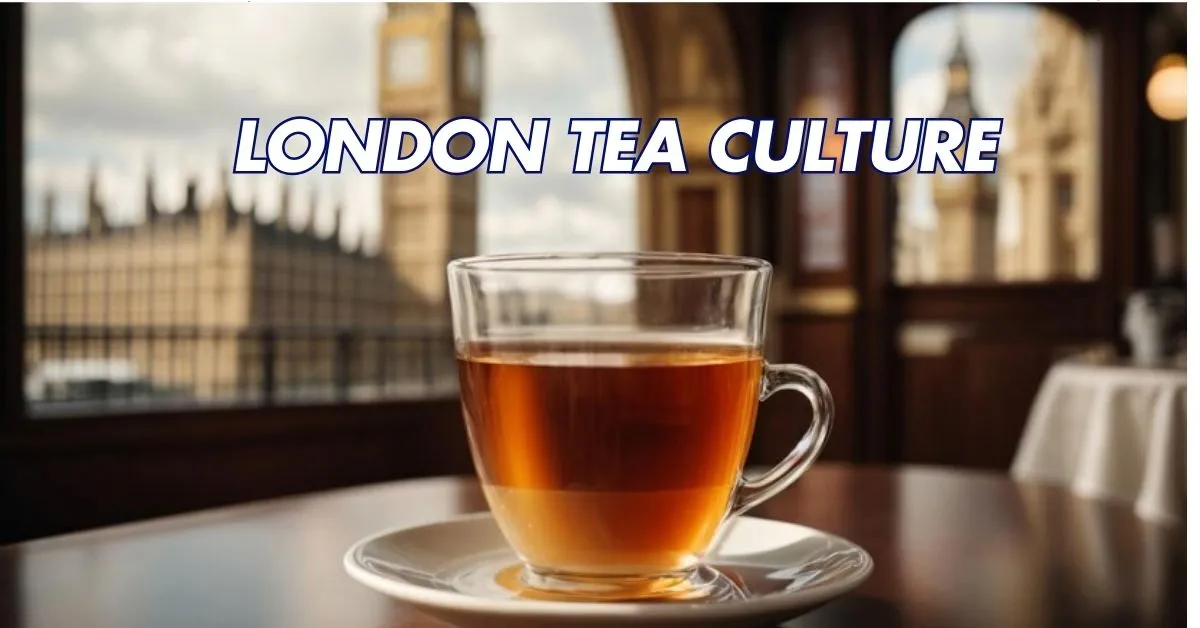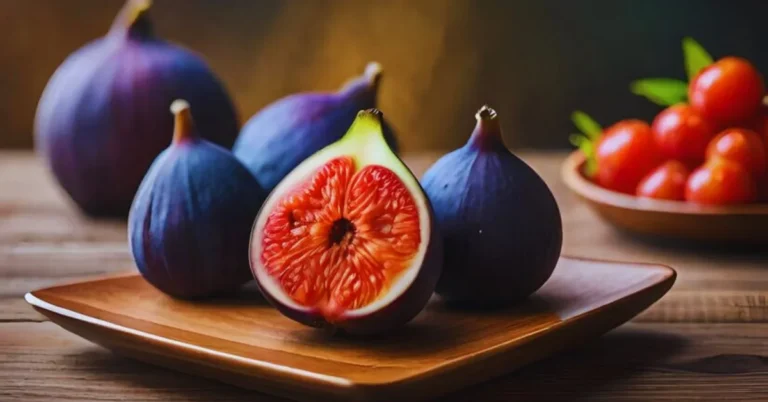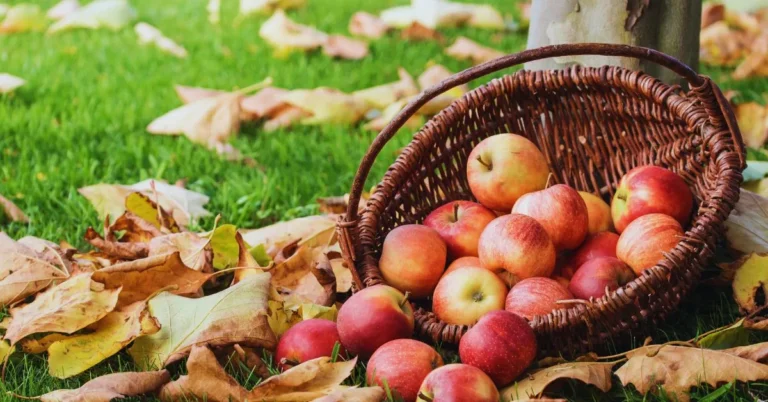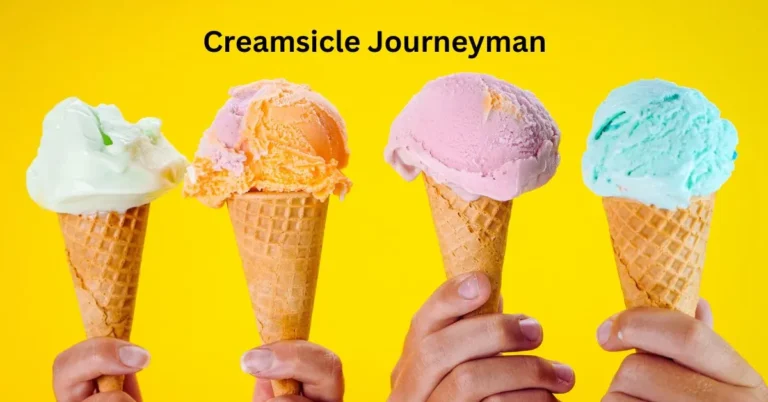The Timeless Charm of London Tea Culture: A Tradition Steeped in History and Hospitality
London Tea Culture is more than just a beverage in London—it is a cultural phenomenon, a daily ritual, and an enduring symbol of warmth and hospitality. From its aristocratic origins to its role in today’s modern lifestyle, tea remains at the heart of London life. This article takes you on a journey through the rich tapestry of London’s tea culture, exploring its history, traditions, and contemporary trends.
The Origins of Tea in London
Tea first arrived in London in the 17th century, introduced from China by merchants. Initially a luxury item, tea quickly gained favor among the aristocracy. It was more than just a drink; it became a status symbol and a cornerstone of social gatherings.
By the mid-18th century, tea transitioned from an elite indulgence to a household staple. As the East India Company increased its imports, tea became accessible to the middle class, solidifying its place in London’s daily life. This cultural adoption brought with it traditions, such as the afternoon tea ritual and the iconic teapot.
Morning Tea: A Daily Ritual for Londoners
For Londoners, the day often begins with the comforting warmth of a morning cup of tea. Black teas like Earl Grey, English Breakfast, and Assam are popular choices, often brewed strong and served with milk or sugar.
This ritual is not just about the drink itself but also about the moments of solitude or connection it offers. For families, the morning tea ritual can bring everyone together before the hustle of the day begins. For individuals, it’s a calming start—a moment to reflect before stepping into London’s bustling streets.
Afternoon Tea: London’s Quintessential Tradition
The Historical Roots of Afternoon Tea
The tradition of afternoon tea began in the early 19th century, pioneered by Anna, the Duchess of Bedford. She introduced the practice to bridge the gap between lunch and dinner, which were served many hours apart. Over time, afternoon tea evolved into a social event, complete with an assortment of food and drinks.
The Classic Afternoon Tea Experience
A classic London afternoon tea consists of:
- A pot of tea, often Earl Grey, Darjeeling, or English Breakfast.
- Finger sandwiches with fillings such as cucumber, smoked salmon, or egg mayonnaise.
- Scones served with clotted cream and jam.
- A variety of pastries and cakes.
Afternoon Tea Etiquette
Proper etiquette is integral to the afternoon tea experience in London. Key points include pouring tea before adding milk and spreading clotted cream and jam on scones in the order of your preference (a debate that often divides opinions!).
Variations of Afternoon Tea
London offers numerous takes on the traditional afternoon tea, including:
- Cream Tea: A simpler version with scones, clotted cream, jam, and tea.
- High Tea: A heartier meal served with robust foods like pies and meats.
- Champagne Afternoon Tea: A luxurious option that adds a glass of champagne to the traditional setup.
Tea Breaks: A London Workday Staple
In London’s fast-paced work culture, tea breaks are cherished moments of pause. Whether at 11 a.m. or 3 p.m., these breaks offer a chance to recharge and socialize with colleagues.
Builder’s Tea: The Working-Class Favorite
Builder’s tea is a strong, no-nonsense brew often associated with London’s working-class culture. Served with milk and sugar, it provides a hearty pick-me-up during long shifts.
Tea’s Comforting Role in Times of Need
In London, tea is synonymous with comfort. It is a companion during moments of stress or sorrow, providing a sense of solace. The act of brewing tea itself—heating water, steeping leaves, and waiting—is often calming and reflective.
Whether it’s shared with a grieving friend or enjoyed alone after a hard day, tea is a symbol of resilience and care in London’s culture.
The Language of Tea in London
Tea has its own vocabulary in London, adding charm and character to the culture. Common expressions include:
- “Fancy a cuppa?”: An invitation to share tea.
- “Rosie Lee”: Cockney rhyming slang for tea.
- “Brew up”: A casual phrase for making tea.
These terms reflect the informal and deeply ingrained nature of tea in everyday London life.
The Modern Evolution of London Tea Culture
The Rise of Specialty Tea Shops
In recent decades, specialty tea shops have emerged across London, offering a wide range of high-quality teas. These shops cater to diverse tastes, with options like:
- Loose-leaf teas in unique blends.
- Herbal teas such as chamomile and peppermint.
- Trendy beverages like chai lattes and matcha lattes.
Tea Rooms: A Contemporary Revival
Quaint tea rooms and modern cafés have brought new life to the tea-drinking experience in London. Many venues combine traditional settings with innovative menus, attracting both locals and tourists.
Cultural Significance of Tea in London
Tea is more than a drink—it’s a cultural touchstone. It bridges generations, fosters connections, and provides comfort. In a city as dynamic and diverse as London, tea serves as a reminder to slow down and savor life’s simple pleasures.
Conclusion
London’s tea culture is a blend of tradition, community, and innovation. From its aristocratic origins to its role in modern life, tea remains a cornerstone of the city’s identity. Whether it’s a morning ritual, an elegant afternoon tea, or a quick workday break, tea continues to unite Londoners and visitors alike.
In a world of rapid change, the enduring charm of tea in London is a testament to the city’s rich heritage and its ability to adapt while preserving the essence of its traditions.
FAQs
What is the origin of tea culture in London?
Tea culture in London began in the 17th century, introduced by merchants importing it from China.
What’s included in a traditional afternoon tea?
A traditional afternoon tea includes finger sandwiches, scones with clotted cream and jam, pastries, and a pot of tea.
What is builder’s tea?
Builder’s tea is a strong, robust tea often served with milk and sugar, popular among London’s working class.
Are there modern variations of traditional tea rituals in London?
Yes, modern variations include champagne afternoon teas, specialty tea blends, and trendy drinks like matcha lattes.
What’s the difference between high tea and afternoon tea?
High tea is a heartier meal with substantial dishes, while afternoon tea is a lighter, more refined experience.






